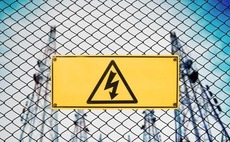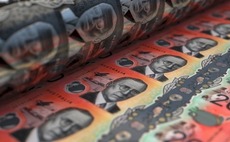
AVCJ at 25: Tim Sims of Pacific Equity Partners
Tim Sims, a founder and managing director at Pacific Equity Partners, was part of the team responsible for Australia’s first-ever leveraged buyout in 1998. Fourteen years on, Australia is the regional hub for these deals
The massive leveraged buyouts of 2005 to 2007 saw a string of high-profile Australian and New Zealand brands fall into private equity hands - Coles Myer, Yellow Pages, PBL Media, Independent Liq...
Latest News
Asian GPs slow implementation of ESG policies - survey
Asia-based private equity firms are assigning more dedicated resources to environment, social, and governance (ESG) programmes, but policy changes have slowed in the past 12 months, in part due to concerns raised internally and by LPs, according to a...
Singapore fintech start-up LXA gets $10m seed round
New Enterprise Associates (NEA) has led a USD 10m seed round for Singapore’s LXA, a financial technology start-up launched by a former Asia senior executive at The Blackstone Group.
India's InCred announces $60m round, claims unicorn status
Indian non-bank lender InCred Financial Services said it has received INR 5bn (USD 60m) at a valuation of at least USD 1bn from unnamed investors including “a global private equity fund.”
Insight leads $50m round for Australia's Roller
Insight Partners has led a USD 50m round for Australia’s Roller, a venue management software provider specializing in family fun parks.







